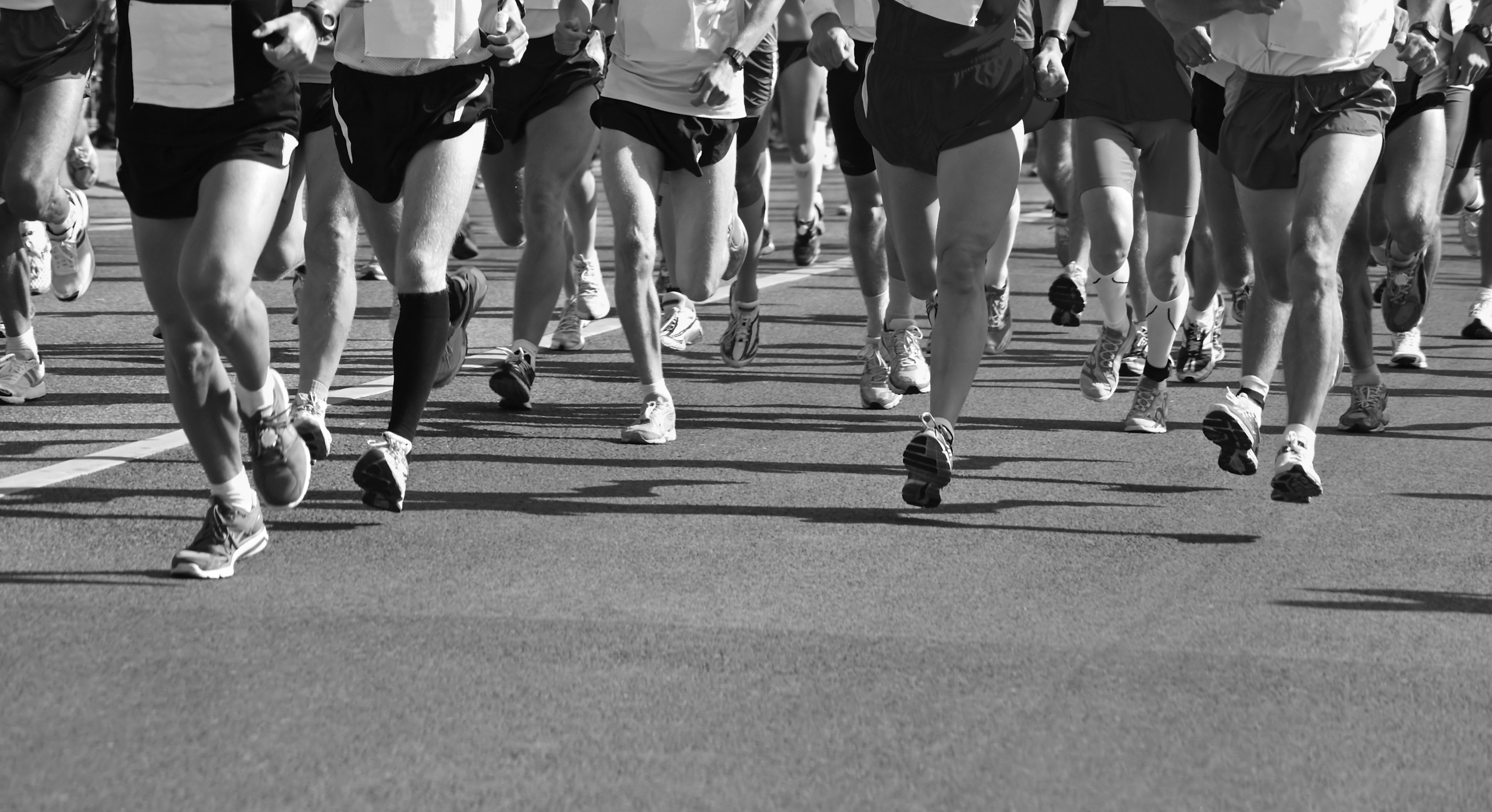Back from our European summer holidays it is time for a fresh start with a fresh new look of our website. To kick of our 'resolutions' to revive our website a fresh new paper on the health benefits of recreational running seems fitting.
In order to implement running to promote physical activity, it is essential to quantify the extent to which running improves health. Therefore, the aim of this review was to summarise the literature on the effects of endurance running on biomedical indices of health in physically inactive adults.
Electronic searches were conducted in October 2014 on PubMed, Embase, CINAHL, SPORTDiscus, PEDro, the Cochrane Library and LILACS, with no limits of date and language of publication. Randomised controlled trials (with a minimum of 8 weeks of running training) that included physically inactive but healthy adults (18–65 years) were selected for this review. The studies needed to compare intervention (i.e. endurance running) and control (i.e. no intervention) groups.
After screening 22,380 records, 49 articles were included, of which 35 were used to combine data on ten biomedical indices of health. On average the running programs were composed of 3.7 ± 0.9 sessions/week, 2.3 ± 1.0 h/week, 14.4 ± 5.4 km/week, at 60–90 % of the maximum heart rate, and lasted 21.5 ± 16.8 weeks. After 1 year of training, running was effective in reducing body mass by 3.3 kg [95 % confidence interval (CI) 4.1–2.5], body fat by 2.7 % (95 % CI 5.1–0.2), resting heart rate by 6.7 min-1 (95 % CI 10.3–3.0) and triglycerides by 16.9 mg dl-1 (95 % CI 28.1–5.6). Also, running significantly increased maximal oxygen uptake (VO2max) by 7.1 ml min-1 kg-1 (95 % CI 5.0–9.1) and high-density lipoprotein (HDL) cholesterol by 3.3 mg dl-1 (95 % CI 1.2–5.4). No significant effect was found for lean body mass, body mass index, total cholesterol and low-density lipoprotein cholesterol after 1 year of training. In the dose- response analysis, larger effect sizes were found for longer length of training.
Endurance running is effective in providing substantial beneficial effects on body mass, body fat, resting heart rate, VO2max, triglycerides and HDL cholesterol in physically inactive adults. The longer the length of training, the larger the achieved health benefits. Clinicians and health authorities can use this information to advise individuals to run, and to support policies towards investing in running programs.
- Endurance running was found to be beneficial for health in physically inactive adults with regards to body mass, body fat, resting heart rate, maximal oxygen uptake, triglycerides and high-density lipoprotein cholesterol.
- The effects of running on biomedical indices of health are beneficially correlated to running exposure.
- Clinicians and health authorities can use this information to advise individuals to run, and also to support policies towards investing in running programs.
Hespanhol Junior LC, Pillay JD, Mechelen WV, Verhagen E. Meta-Analyses of the Effects of Habitual Running on Indices of Health in Physically Inactive Adults. Sports Med. 2015 Jul 16.

